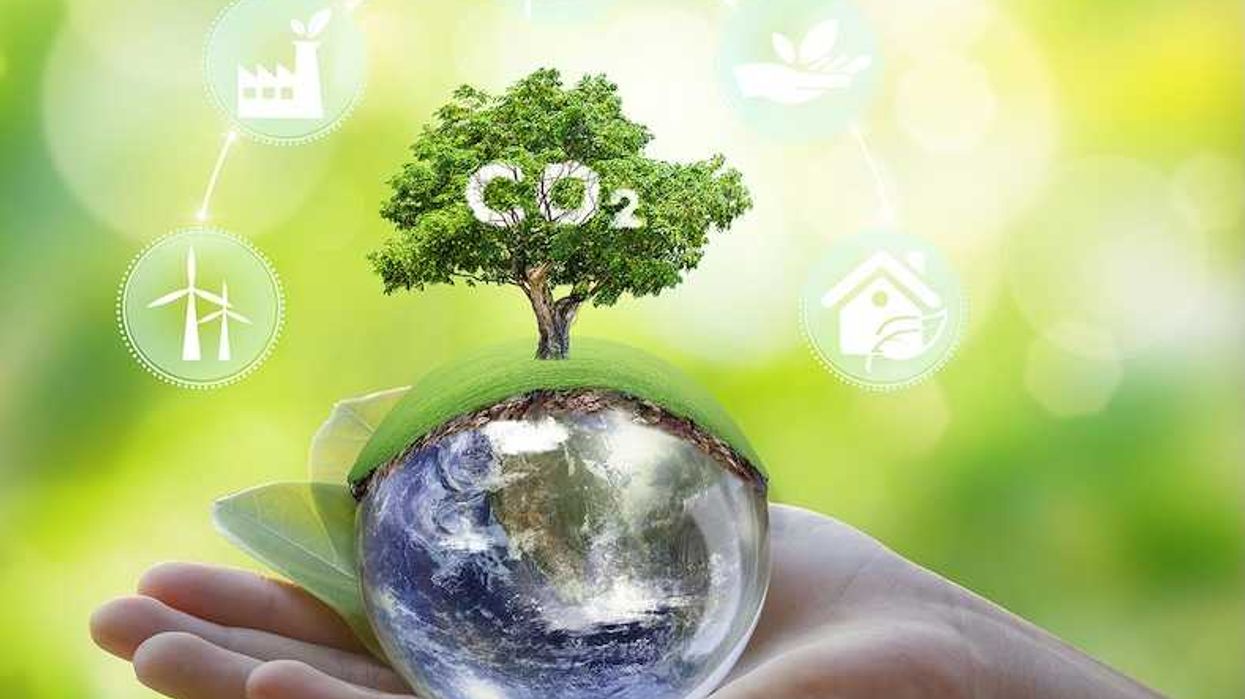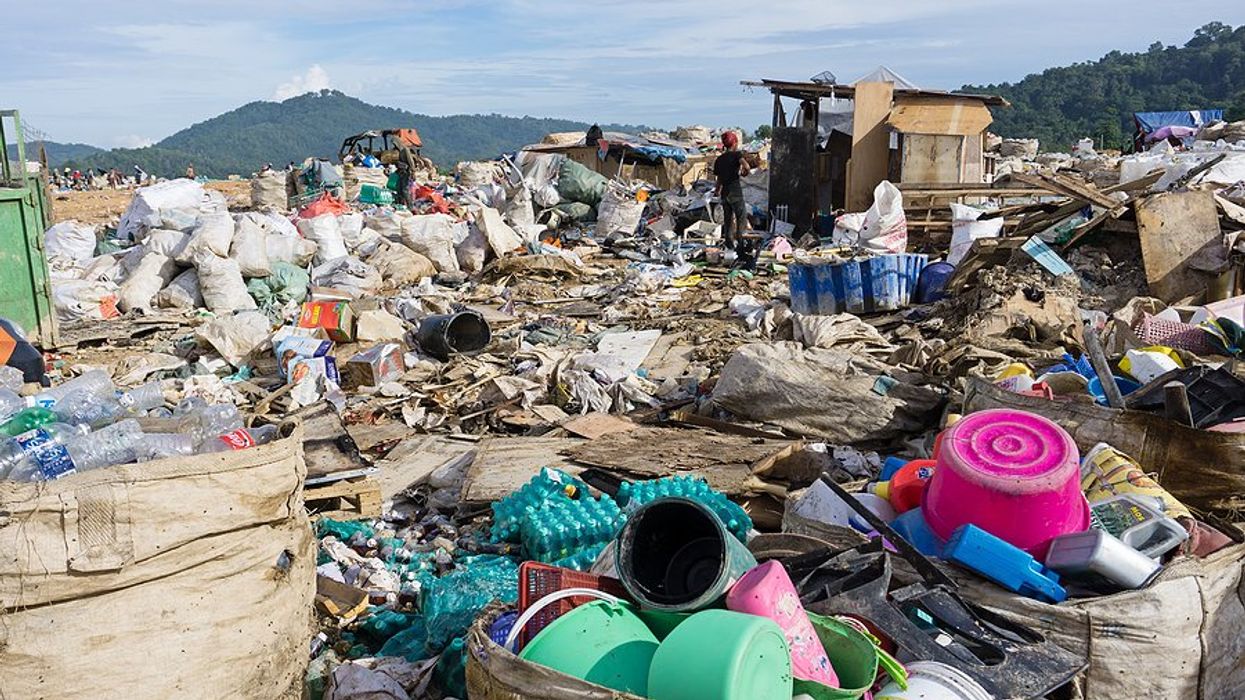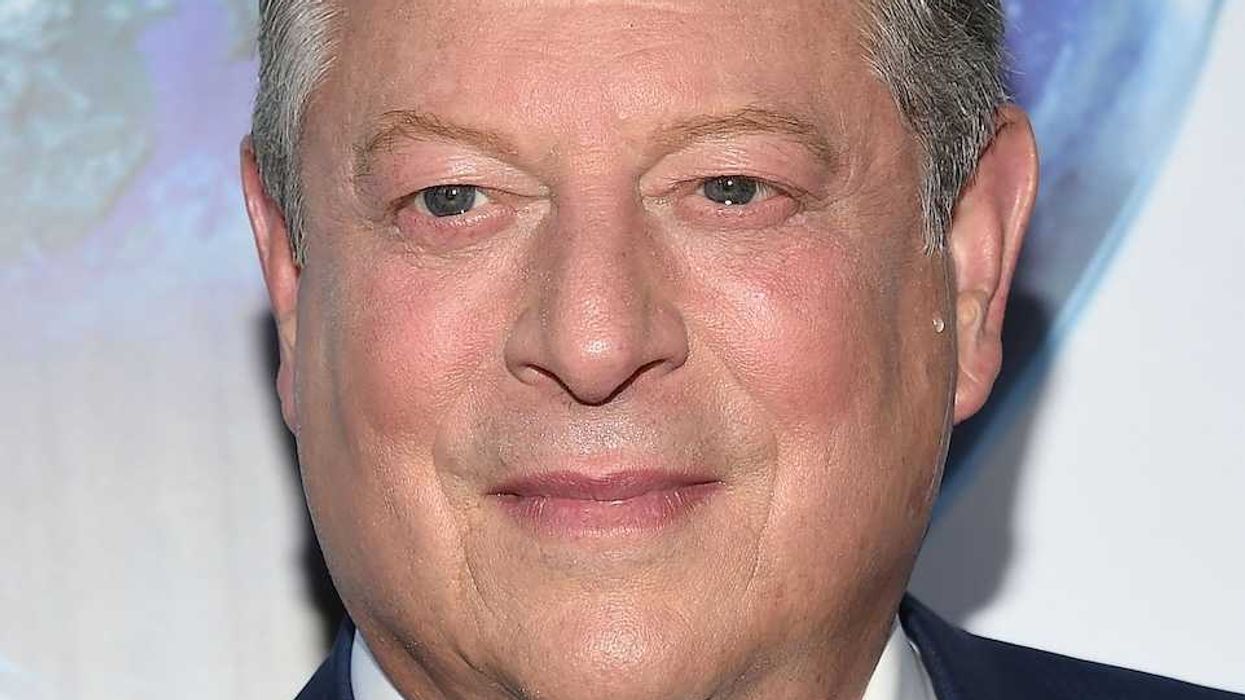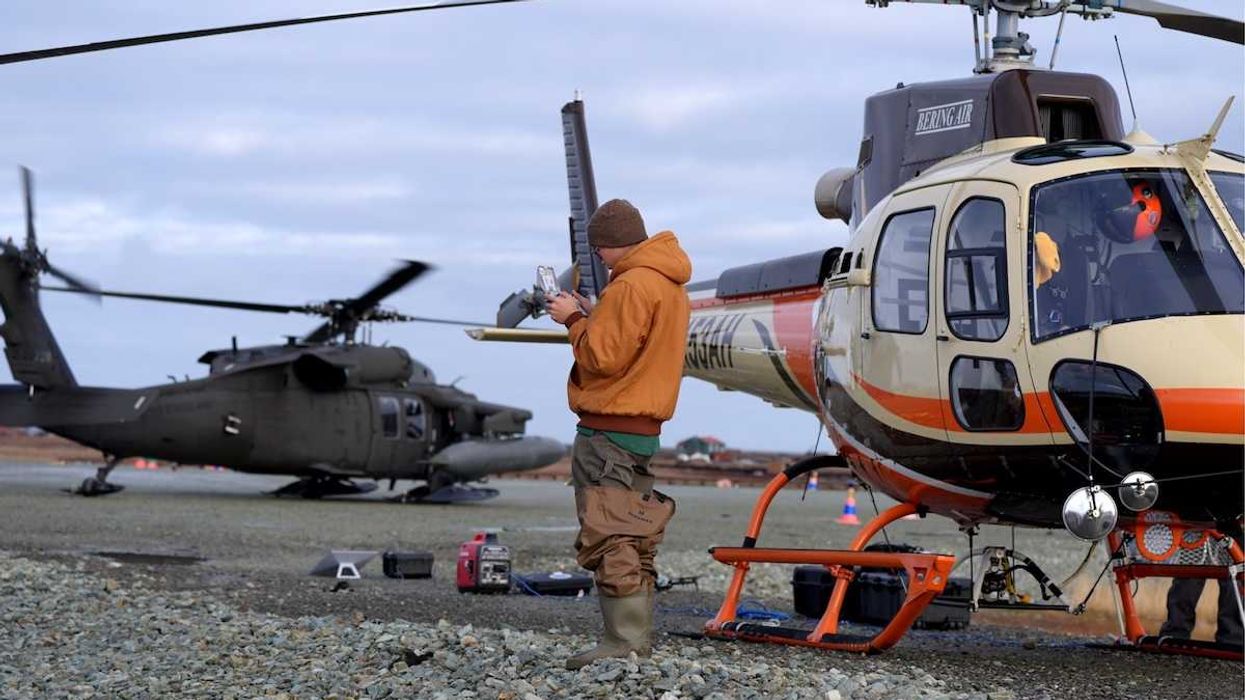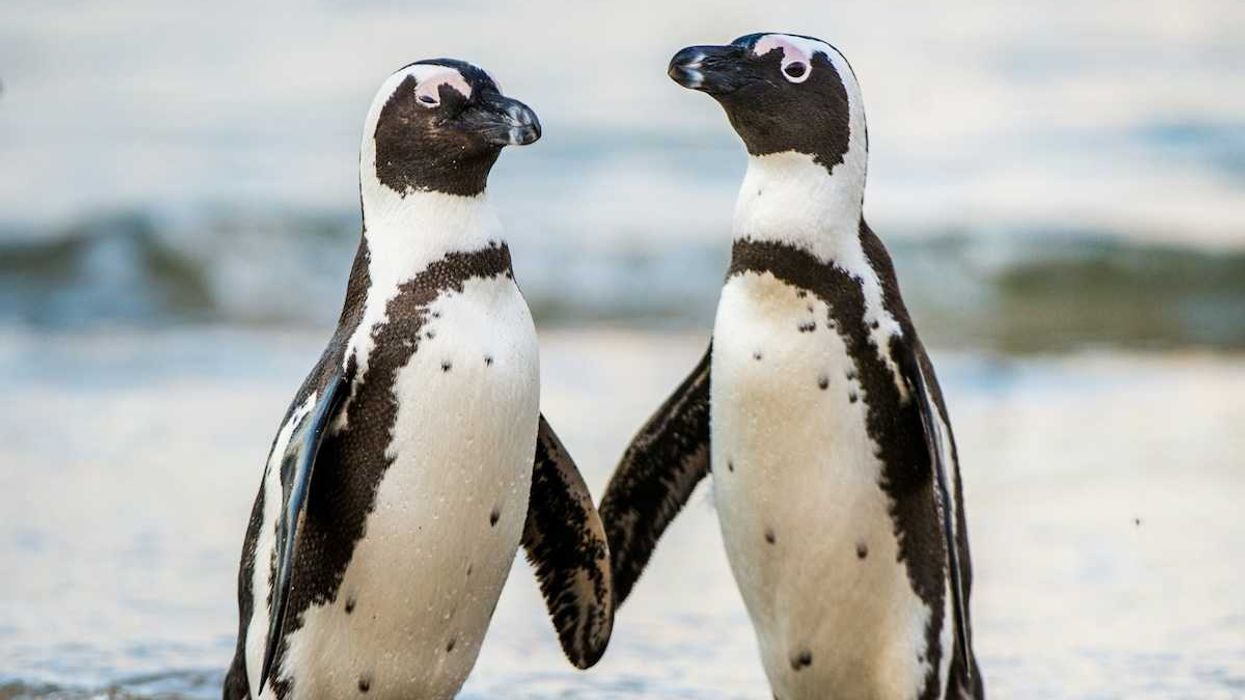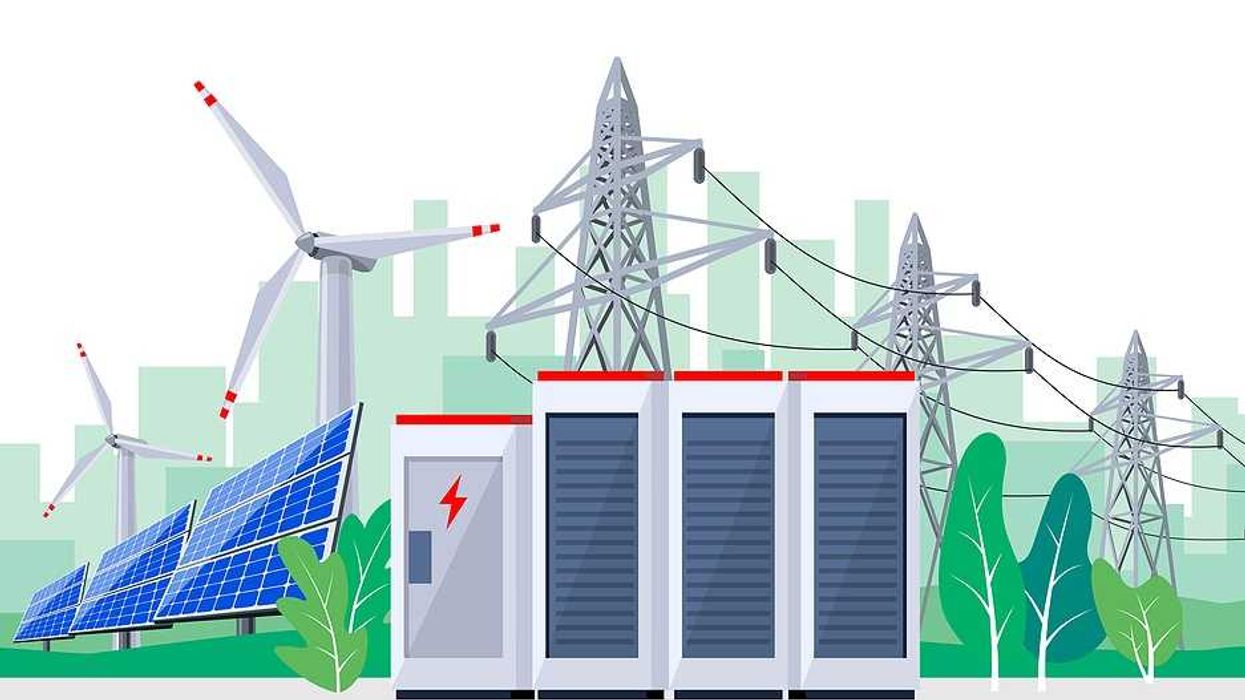Editor's Note: This story is part of “Sacred Water," EHN's ongoing investigation into Native American struggles—and successes—to protect culturally significant water sources on and off the reservation.
CROW AGENCY, Mont.—Water problems snuck up on the Crow—colorless, odorless metals flowing out of taps; bacteria spreading through rivers and streams. The Crow Tribe didn't fully see the problem until scientists arrived with their instruments and Ph.Ds.
But they saw one change to the water long before researchers: A diminishing snowpack that fed the rivers flowing through this hilly, rumpled region, site of Custer's infamous last stand.
Now they hope to blend science and traditional knowledge in a broader, holistic effort to protect cultural and environmental resources. The connection to their surroundings gave tribal elders a head start on scientists studying Crow water. They didn't need hydrometers or snotel sites to measure decreasing annual snowfall and milder winters. The massive ice jams that used to break up and scour the Little Bighorn River bottom are rarer; ice today is often thin by early spring. Mountain springs are moving downslope.
“Elders don't need a hydrograph, they see it," says Emery Three Irons, a Crow member.
Food was affected too, elders said. Early thaws trick berry plants into blossoming, then subsequent cold snaps kill the fruit. Elderberries ripen a full month earlier in the mountains.
Tribal elders report mid-summer sun dances turning hotter. In an interview for a 2013 study on changes Crow elders have seen, Larson Medicine Horse said that cattails, which members bring to sundancers for relief from the heat, “used to average six feet in length, and are now only about three feet long." Scientists can tell you that cattails decrease in size when soil is too dry.
Sure enough, science confirms elders' reflections: hotter days, less snowpack, reduced stream flow. The annual number of days with temperatures higher than 90 degrees Fahrenheit has doubled over the past century and the snowpack is one-third of what it was 100 years ago, says Mari Eggers, a research scientist at Montana State University.
For the Crow, it's a sign that an entire system is out of whack. Symma Finn, a health scientist administrator with the National Institute of Environmental Health Sciences, says these tribal observations are key in addressing the climate change and pollution concerns in places like the Crow Reservation. “Tribal people have generations of very detailed knowledge about their ecosystems and how human and ecosystems interact," she says. “They know when the health of one is out of balance, the other is out of balance as well."
With Crow members such as John Doyle, a tribal elder and water quality project director at Little Big Horn College, taking a leading role in guiding research priorities, it keeps the cultural component at the forefront, Eggers says.
Three Irons, for example, grew up in Crow Agency on the reservation and was recently accepted into graduate school at Montana State University. Even before acceptance he'd been working with Eggers and Doyle in testing reservation rivers for pollutants.
Elizabeth Hoover, a Brown University assistant professor and researcher of environmental health and justice in native communities, says one common factor among tribes that have a strong say in managing their resources is Western education.
“Unless you have the appropriate degrees and certain letters after your name, they [state and federal agencies] don't see you as qualified," she says.
It also bolsters trust—tribal members see their neighbors testing rivers and streams rather than unfamiliar faces from Bozeman, home of Montana State University, 200 miles west.
“For years many tribal members were taught they could grow up and be clerks, receptionists," says David Yarlott, Jr., president of Little Big Horn College on the Crow reservation. “Now it's scientists, doctors, lawyers."






